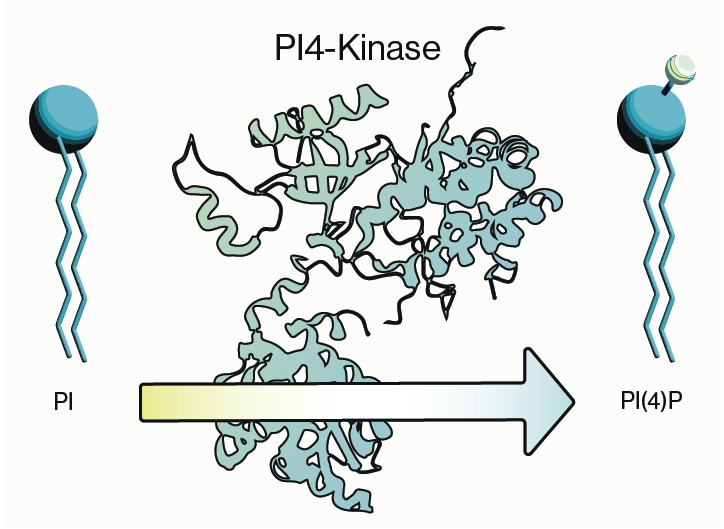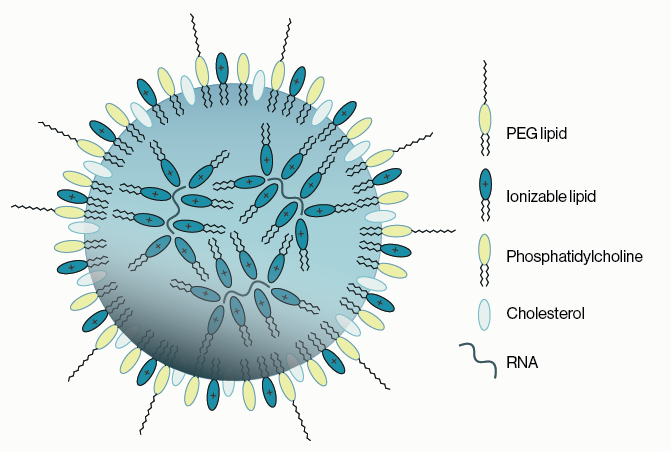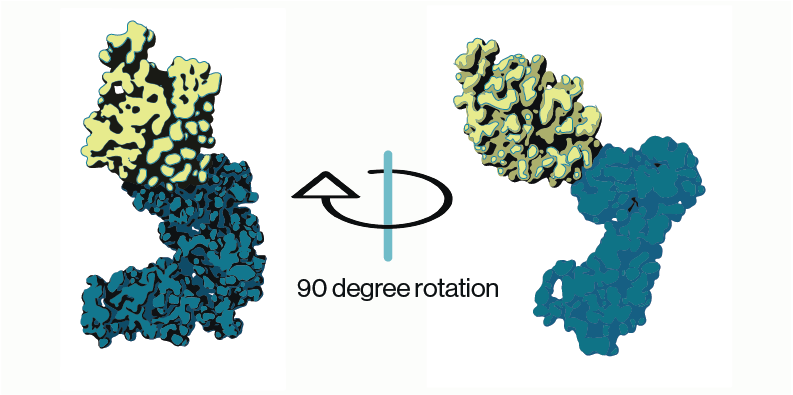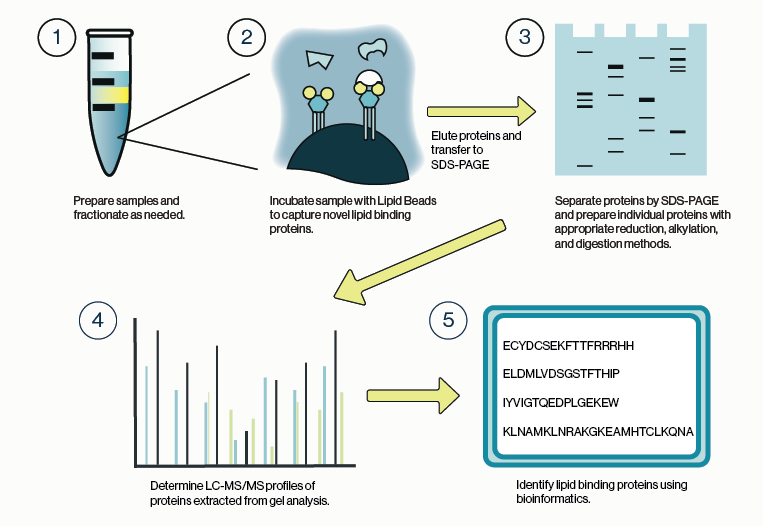Sphingolipid biology is known to include membranes structure, inflammation, immune cell activation, and recognition of exogenous agents. Sphingolipids are built around a sphingosine backbone via de-novo synthesis in the ER from fatty acid-CoA and serine. Defects in sphingolipid metabolism cause many human diseases including Farber's, Niemann-Pick, and Tay-Sachs. Given the importance of sphingolipids in these biological contexts, sphingolipid research has become a large and diverse field.

Sphingosine-1-phosphate (S1P) is a key component in sphingolipid signaling. While sphingosine promotes apoptosis and cell cycle arrest, S1P promotes cell survival and proliferation, inflammation, and is implicated in cancer progression. Ceramide and ceramide-1-phophate (C1P) can play similar roles to sphingosine and S1P, and sphingosine converts to ceramide or back in a single enzymatic step. Thus, balancing these key enzymes and their products have been a primary focus in the cancer and inflammation fields. EBI supplies a wide range of reagents for researchers to study various aspects of sphingolipid metabolism and biology.
Tools for Sphingolipid Research
EBI offers enzymatic assays for sphingolipid metabolism, as well as assay services for some of our popular assay kits. Our S1P ELISA Kit (K-1900) and assay service (T-1900), quickly and easily analyze multiple sample types for S1P levels. We also offer assay services for neutral sphingomyelinase (T-1800) and inhibitors of sphingolipid metabolic pathway enzymes, which are excellent for screening controls and other research uses.
An excellent tool for researchers studying proteins that may interact with sphingolipids are EBI’s Sphingo Strips (S-6000). These are strips of hydrophobic membrane spotted with 15 different sphingolipids utilized in a protein-lipid overlay assay. Sphingo Arrays (S-6001) can then be used to estimate binding affinity of your protein of interest. Sphingolipid coated beads are available for similar applications but excel where isolation of an endogenous binding protein is desired. EBI offers sphingolipids with useful modifications on their alkyl tails such as affinity tags (S-100B, S-500B) or fluorophores (S-100F). These tags do not interfere with enzymatic reactions and allow for visualization, localization, or recovery of binding proteins in cells.
Whatever the context of sphingolipid biology one may research, Echelon Biosciences offers reagents, enzymes, assays and services that will accelerate advancement in the field.
0.2
/ 0.3
Related Articles
Stay informed with our informative blog posts.
0.3
/ 0.3
Get in Touch
If you have any questions or would like to learn more about our services, feel free to reach out to us. We’re here to help!
Biosciences




